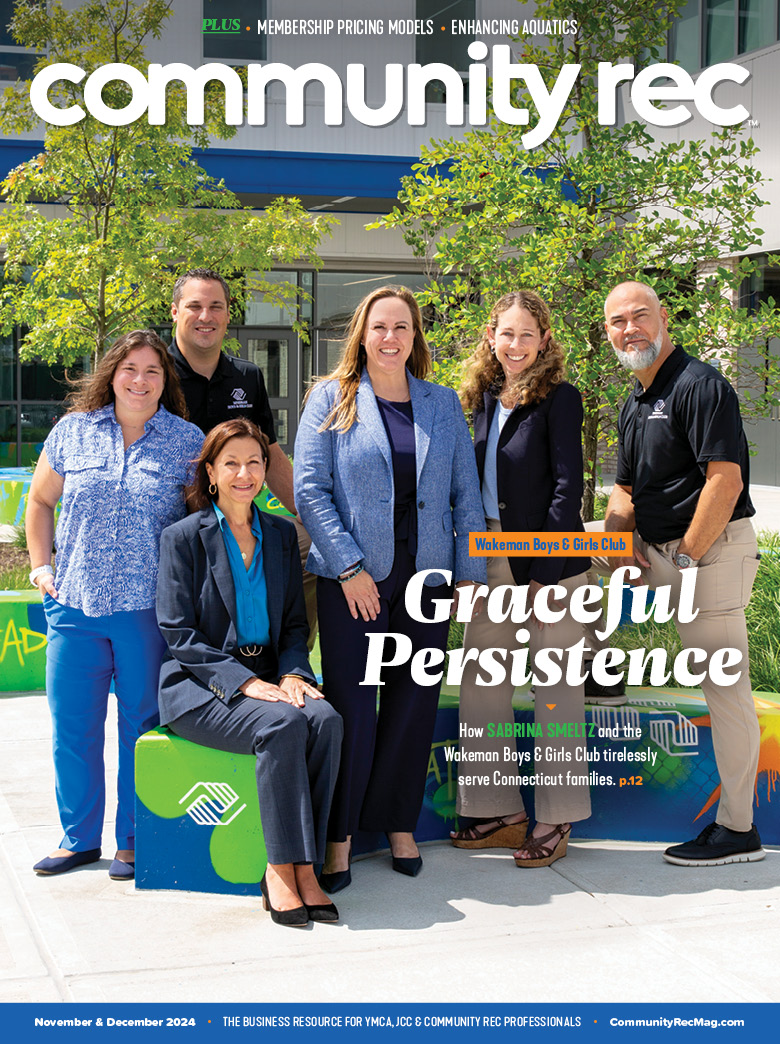Your game days are the reason kids, parents and coaches participate in youth sports. You put all the work into planning, marketing, registration, player evaluations, team formation, orientation, coaches meetings and scheduling. Now, it’s finally time to play some games. There may be many moving parts, but here are some tips to help manage your game days:
1. Playing Area Walkthroughs
Safety is your number one priority when it comes to games and should be engrained in your risk management plans and policies. Before any parents, coaches or players arrive at the field, it’s important that any risks are identified and rectified before the games start. When you or your staff arrive, always survey the fields or other playing areas for potholes, rocks, wet areas or any objects that could injure someone. Layout your play areas in a way where there are buffers from any objects such as fences, walls, poles, etc. For indoor sports, sweep the court continuously throughout the day to make sure it’s not slick or there are any wet spots or debris.
2. Equipment
Along the same lines of your risk management assessments, when the players do arrive make sure they have proper equipment, attire and footwear. All this should be outlined in your policies and procedures on what they can and cannot wear during a game. Check equipment prior to every game, no exceptions. The last thing you ever want to do is make a child sit out due to improper equipment but if it’s for the safety of the rest of the players, you have no choice. Once the game begins, make sure equipment is monitored throughout.
3. Spectator Area
Always have a designated area for spectators, usually on a sideline or bleacher area. Try not to have spectators in the endzones, behind baskets, behind goals, etc., as it’s a distraction to the players. If you keep them contained to a specific area it will be easier to manage them, enforce rules, and address them if needed.
4. Bench Area
Similar to your spectators, have a designated bench area and scorekeeping area. This should be on the opposite side of the field or court from parents and spectators, if possible. The last thing you want during a game are parents coming to the scorekeeper or team bench. It’s a distraction and is unnecessary. Any issues can be handled at a break or after the game, away from the kids.
5. Signage
Put signage around your playing area for things like keeping spectators out of certain areas, reinforcing expectations and code of conduct. Proper signage will help you manage your playing areas when you can’t always have a staff member or volunteer there. It will also keep the spectator expectations front and center throughout the course of the day.
6. Pregame Meetings
Have a pregame meeting with your referee crews, staff and any volunteers working that day. You will need to review anything important to look out for and recap anything that came up the week prior. This will help with your consistency from week to week. Also, if you told any parents or coaches you are addressing an issue it will ensure that it actually happens. It’s important everyone involved in your game days are on the same page week-in and week-out.
7. Constantly Evaluate Referees
Whether you have in-house referees, an outside referee association or just volunteers officiating your games, it’s important that you are constantly evaluating and making improvements with them. Remove any referees who are not following your guidance or come unprepared. They will cause more harm than good. If you have the ability, have the same referees officiate each week so they know your rules, they know the kids, and the coaches get to know them and they know what to expect. Do your best to make your referee crews the best they can be.
8. Game Resources
Make sure you have all the resources necessary for your staff, referees and volunteers on site to run the games. Have scoresheets, schedules, rosters, rules, communication logs, etc. at every scorer’s table. Keep everything organized in binders so everyone knows where to find things when they need it. Especially if you are not always on site, make it as easy as possible for your crews to run these games, and have the resources available to get things right when something comes up.
9. Score Tables
Keep your score tables organized with any needed resources mentioned above such as scoresheets, rules, rosters and equipment for your staff and volunteers. Score tables should be next to team benches in order to monitor coaches and participants as well as track substitutions and playing time. Don’t allow parents or any spectators in this area during games as it could cause a distraction.
10. Supervision
You will not only have to monitor everything that happens on the fields or courts, but also look for things going on around the play area with parents and other spectators. If you see an issue, address it immediately so it doesn’t escalate. Monitor your game play, player safety, equipment, hydration, field conditions, weather, and any overzealous coaches and parents. Make sure to act and rectify any situations immediately to prevent further incident.
Coordinating your game days can be a tall task. But if you put the time and effort needed up front to manage your games, they will be safe, structured, organized and always successful.










